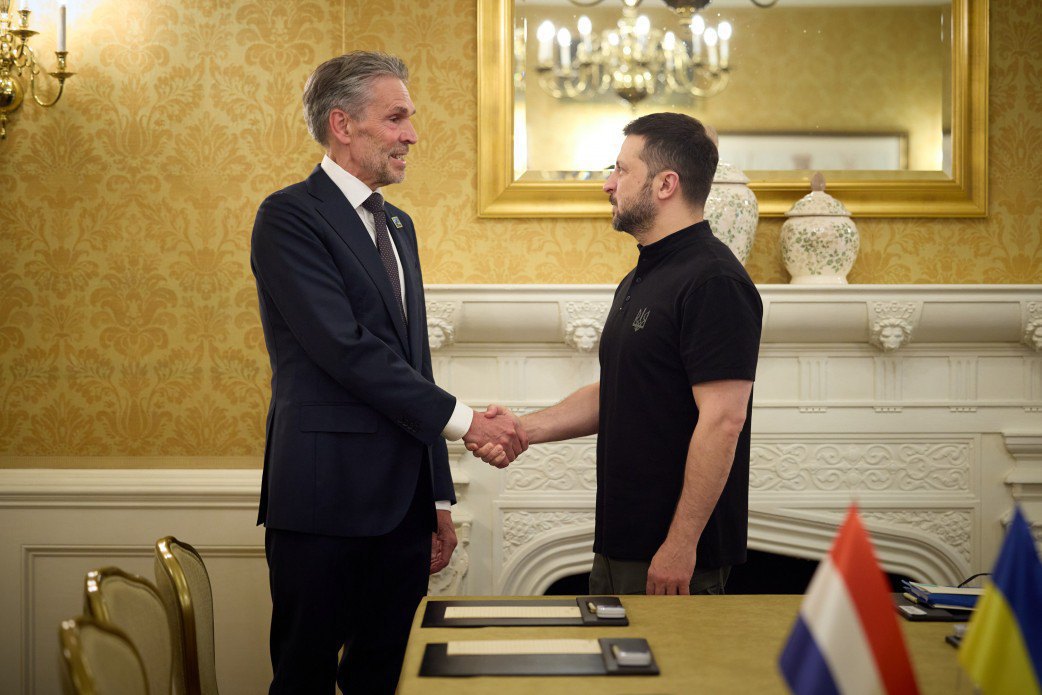
The Prime Minister of the Netherlands also said that his country would buy 300 million euros worth of weapons, which is a fairly powerful package; the United States itself sells its AIM-120 C version to the Air Force for $1.37 million, and export prices will, of course, be slightly higher.
By the way, the same Hungarians bought almost 300 missiles for half a billion.
Of course, they are planning not only air-to-air missiles, but 24 planes will be fine, because something else will come from the coalition's arsenals.
The Norwegians are handing over the first six aircraft this summer, naturally, with spare parts, engines and weapons.
This is the value of the Air Coalition: some countries provide aircraft, others provide weapons and spare parts.
At the same time, the Alliance is only getting stronger as it switches to F-35s, and at the same time strengthens its partners with surplus.
And more than 1,000 F-35s have been produced, meaning that the US and its allies have more 5th generation fighters than Russia has all its fighter jets in service.
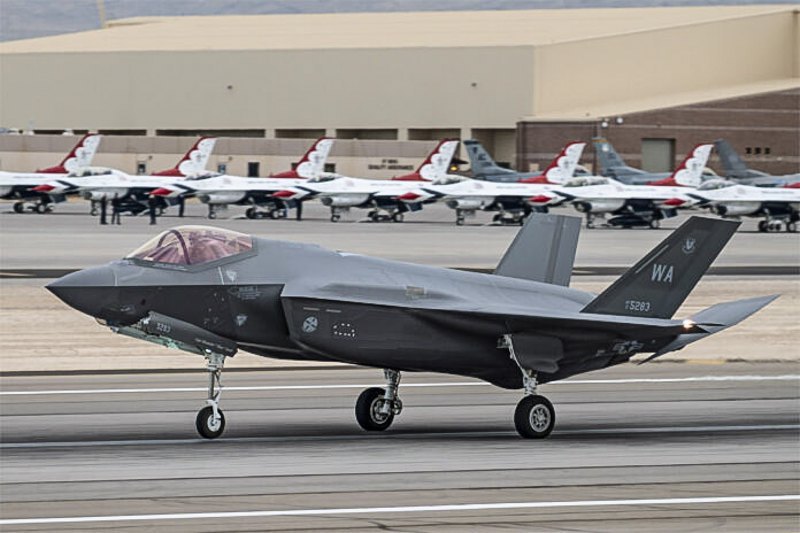
We think it is worth emphasising a few important points again, because our northern neighbours are making a lot of effort to downplay the importance of the transfer of aviation to us. Of course, because they know how much it will hurt them.
Why did it take so long?
Aviation English is complex, with a lot of jargon. In addition to piloting, you need to learn how to use reconnaissance containers, electronic warfare, prepare ground personnel and airfields with ground equipment.
It's not easy to prepare, for example, communications and lighting, because the aircraft's air intake and struts are sensitive to the quality of the runway slabs - major work is required.
A year ago, I wrote that Romania and Poland were switching to new aircraft for three to seven years, and Slovakia would use US ground services for two years.
The way they are being delivered to us now is not just fast - it's bulletproof.
No, these are not old machines.
They have been serviced under the Service Life Improvement programme and have received 5,000 additional flight hours.
Their bodies were strengthened by cold welding, the cable network was re-arranged and other work was carried out to eliminate microcracks.
Yes, it was back in 2011, so part of the resource has already been used up, but in our war, the aircraft will work for all the money.
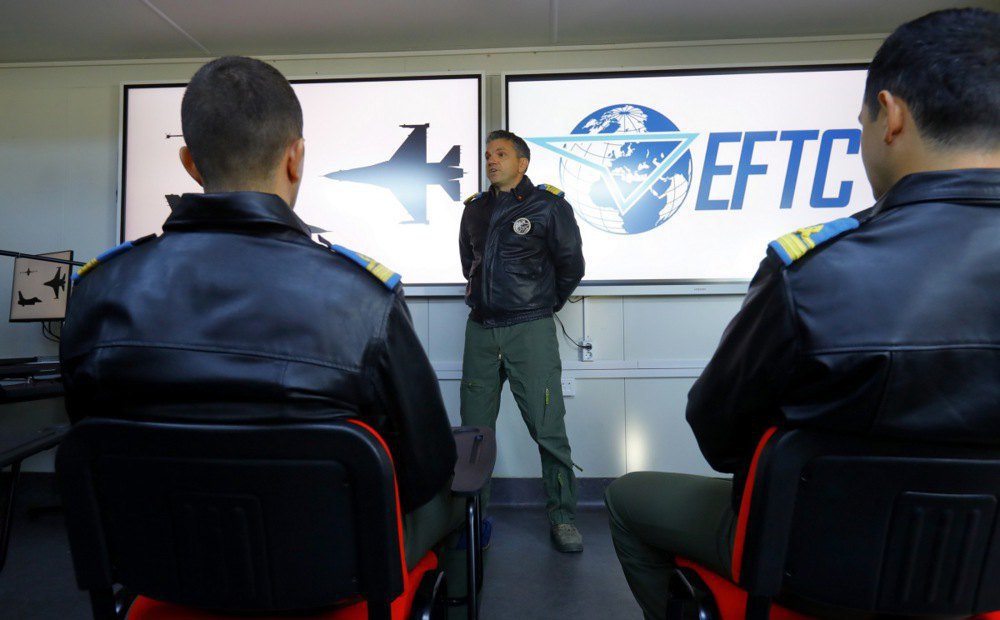
In other words, the aircraft has two modes: it has passed this programme regardless of whether it has undergone a mid-life upgrade or not.
If it has, it is allowed to fly, if not, it is waiting for its turn.
All Scandinavian (except for the oldest Danish) and Dutch and Belgian aircraft have passed.
No, this is not European junk.
Portuguese and Norwegian boards of the same approximate condition are used by Romania. And Poland has purchased new Block 52s from the United States. The MLUs of version 6.5 are made by the same Norwegians, not much worse than Block 52.
Yes, they have a slightly smaller effective radar radius, but the link-16 network allows us to receive targeting from the ground or from AEW&C aircraft that Sweden provides us with.
In general, they have the same long-range missiles, the same modern means of overcoming air defences, the same capabilities of electronic containers and tyres.
What's good for Poland and Romania with their budgets is good for us, so there's no need to reinvent the wheel.
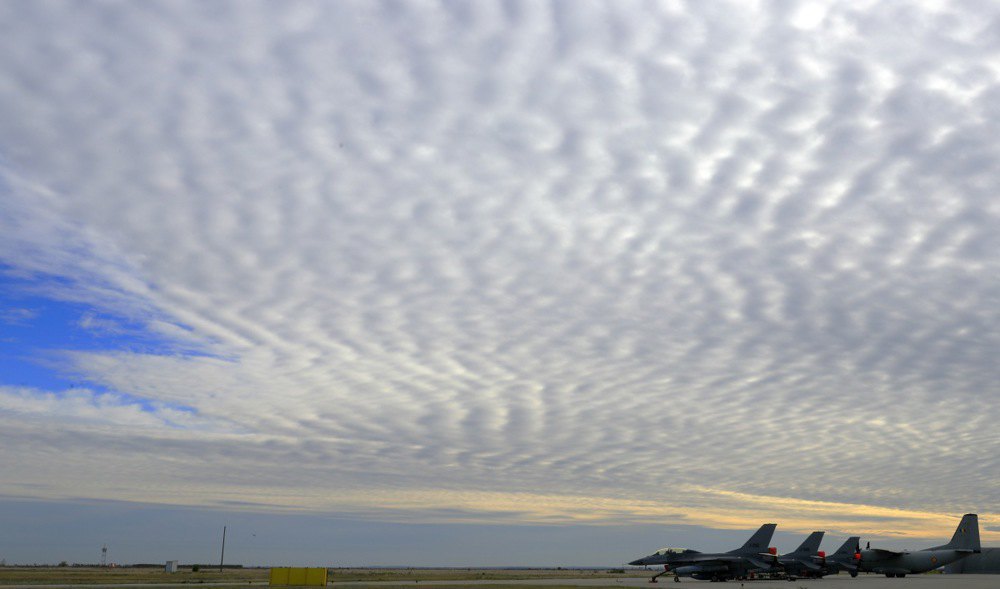
The boards are integrated with European weapons, such as IRIS-T air-to-air, which are in service in Germany, Spain, Italy, and Sweden. They can also be deployed as weapons for air defence aircraft - 20 km is enough to down Shahed drones and missiles.
One of the tasks of echelon air defence is to meet cruise missile attacks at long range with fighters, reducing the chance of overloading the number of anti-aircraft system channels, as recently happened over Kyiv.
Missiles from different arsenals of different countries are one of the keys to responding to spamming with hundreds of drones a month.
All boards upgraded to version 6.5 are equipped with the AN/AAQ-33 Sniper targeting device, which can automatically track a target.
In conjunction with a night vision helmet scope, it is just perfect to fight reconnaissance UAVs simply with cannon fire and outdated short-range air-to-air missiles.
To dispose of it for money or to dispose of it for Russian Shaheds, using their budgets, is an obvious answer for our partners.
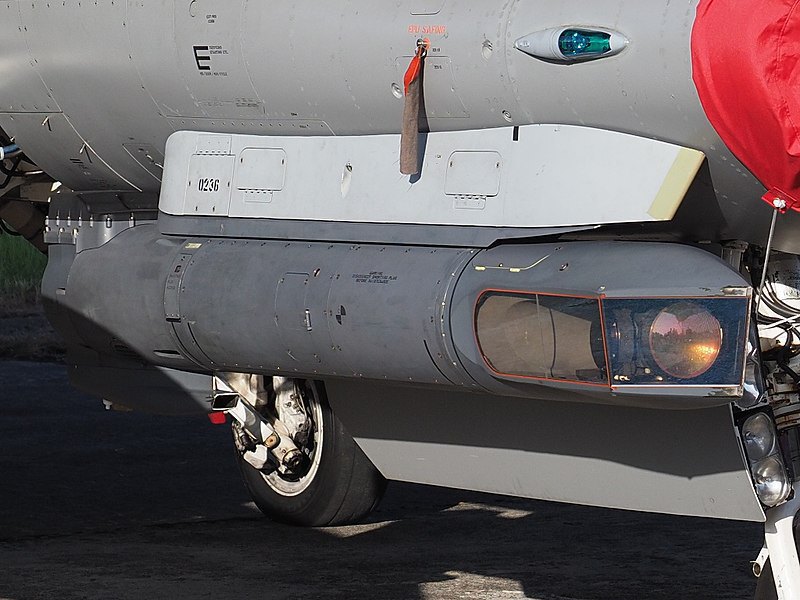
MALD decoy trap mode. They are the most modern means of overcoming echelon air defences. Almost every time a "bang" came to Moscow, we found their wreckage.
MALDs can masquerade as a missile, drone or group of aircraft, while simultaneously causing broadband interference.
This is a very important thing in our war, where there is a lot of heavy modern air defence and no shortage of missiles for it (there is already, but largely due to such unprecedented pressure, anti-radar missiles and drones).
The F-16A/B is integrated with the AIM-120 air-to-air missile, which has a 160-180 km range against air targets. The latest modifications have a chip that allows the missile to be aimed at the source of interference behind which an enemy aircraft is hiding.
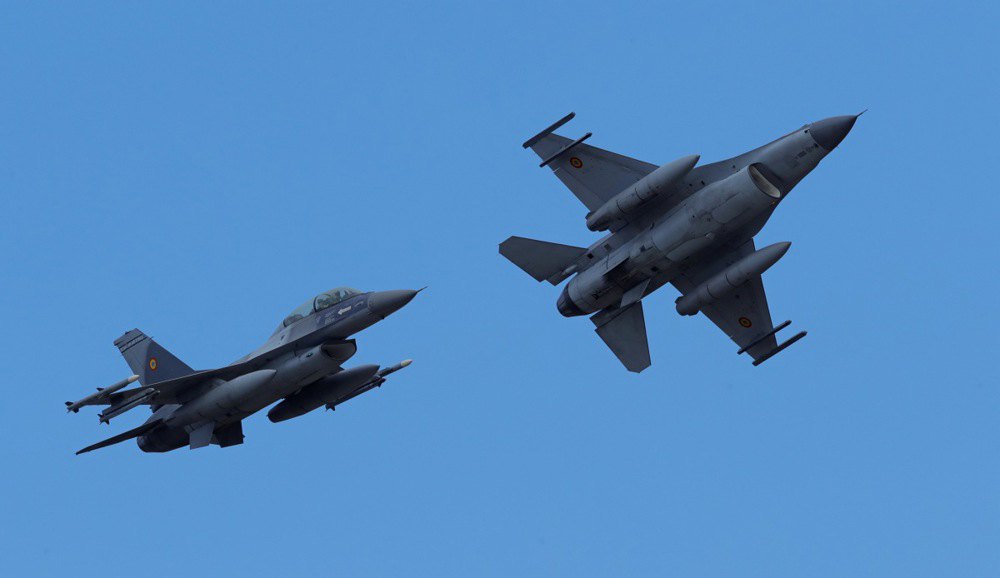
For the bomber crews that are bombing Kharkiv, they will have to prepare brand new features.
This does not mean a 100% hit rate, of course. Let me remind you that India, the fifth largest economy in the world (not Putin's fairy tales about Russia), still has MiG-21s from the 1990s on combat duty. In the latest escalation in Kashmir, against Pakistani F-16s, which fired a dozen long-range missiles at them, they managed to shoot down only one "old guy" who left his seat in the line and came dangerously close.
So it was not a case of one shot and one dead body. But the ability to reach the enemy 150-180 km away is a level.
This is also a lesson for us: when you buy aircraft with your own money, there is a place for really outdated MiG-21s, because budgets are always tight.
The AGM-88 HARM in the E variant has a millimetre radar, the ability to search for a target after the enemy has switched off the radiation and high-precision positioning. This is a hunter for enemy eyes, a head better than the ones we use now. If now it is enough to turn off the radiation and lower the mast to survive, the upgraded product will still scan the sector and look for a victim.
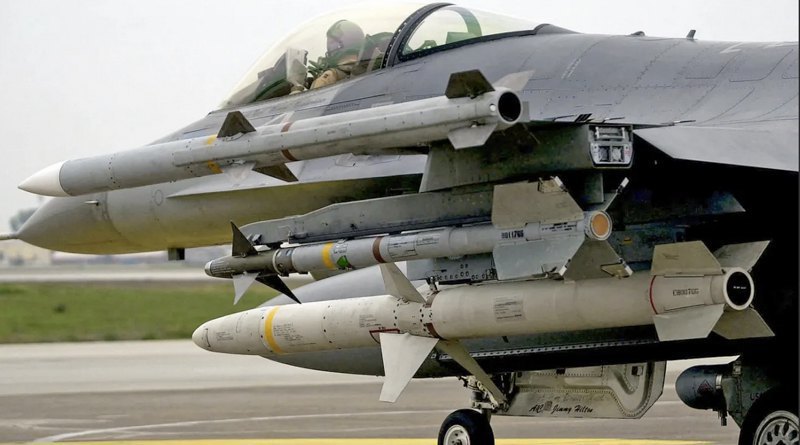
The future aircraft of the Defence Forces are equipped with the Terma electronic warfare system, which automatically fires dipole reflectors, heat traps and shows the direction of radar exposure.
Combining it with a good modern EW container, it is possible to both blind IR heads and mislead radar-guided GCS.
It's a perfect division of labour, when, with suspended tanks and containers, some vehicles will protect others loaded with gifts.
And most importantly, this is the widest range of air-to-air weapons. With the JDAM-ER, the Defence Forces pilots will be able to target the enemy in the air, not at the last known coordinates on the ground, as it is now, so support will be more flexible and faster, and those who want to hide in buildings and trenches will be in for a bloodbath.
The same air-launched Harpoon SAMs will be able to be launched without additional crutches, simply through a tyre, into the sector where the vessels are spotted.
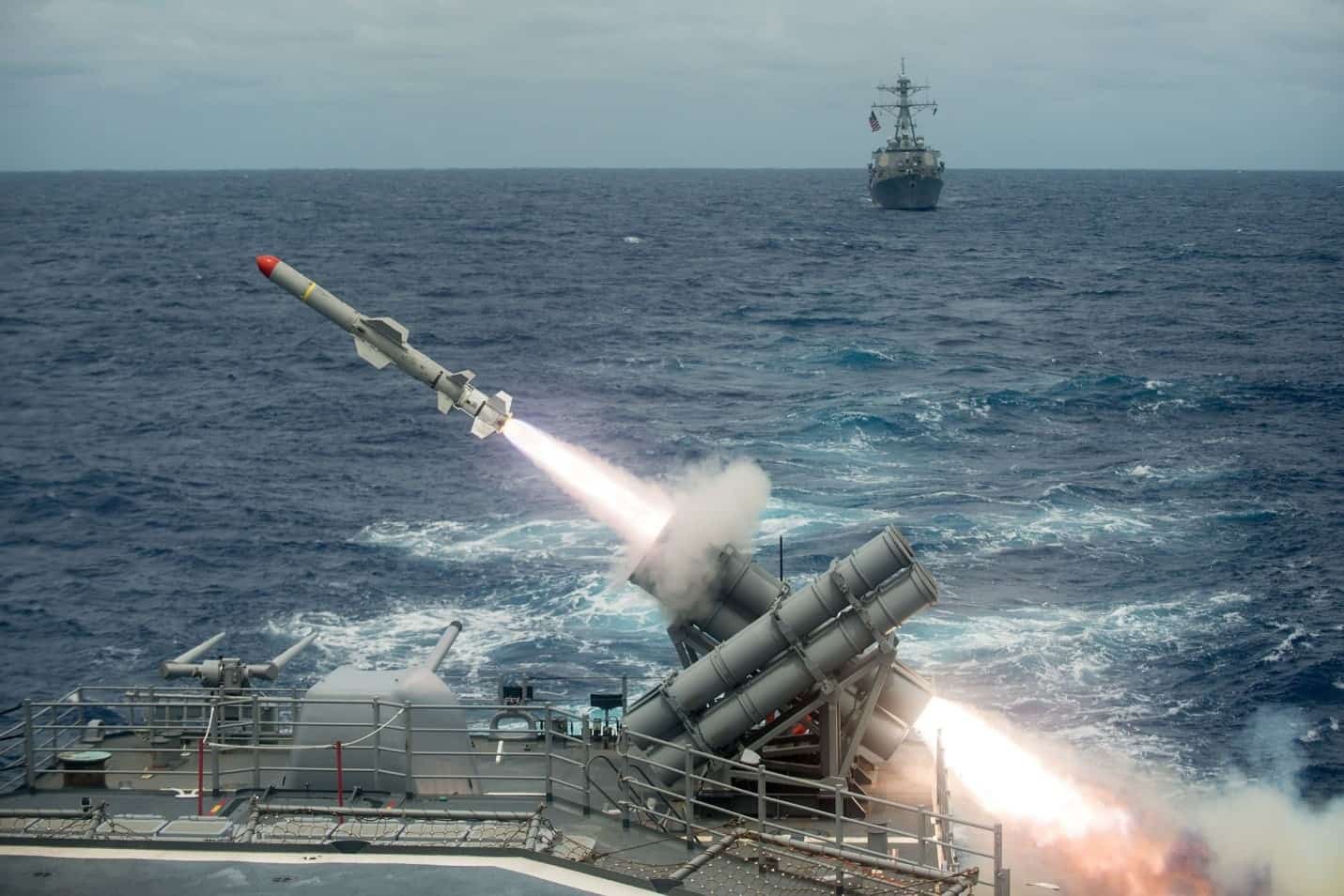
We are currently flying MiG-29s on such missions, which are not adapted for them at all, and we simply do not have naval aircraft carrying anti-ship missiles.
Our capabilities, especially when it comes to the two most urgent requests - strikes on enemy assault brigades and patrolling, when an extremely small F-16 will launch AIM-120 with target acquisition at the final trajectory (there are either drones or enemy aircraft, no civilians) - will increase many times over.
Of course, the burden on air defence will be reduced, as some of the regular fighters and palliative attack aircraft will take over its work.
Will there be losses?
There will be. The only way to avoid losses in a war like ours is to lock up the equipment in catacombs somewhere.
But the West will continue to transfer equipment, including Eastern European equipment, and the United States can always replace losses in a short time.
The constant requests from Moscow for talks through India, Orbán's visits, and proposals to consider Iran as a mediator clearly signal to us that the Kremlin understands what the supply of hundreds of OTMSs and dozens of aircraft will lead to in the foreseeable future.







